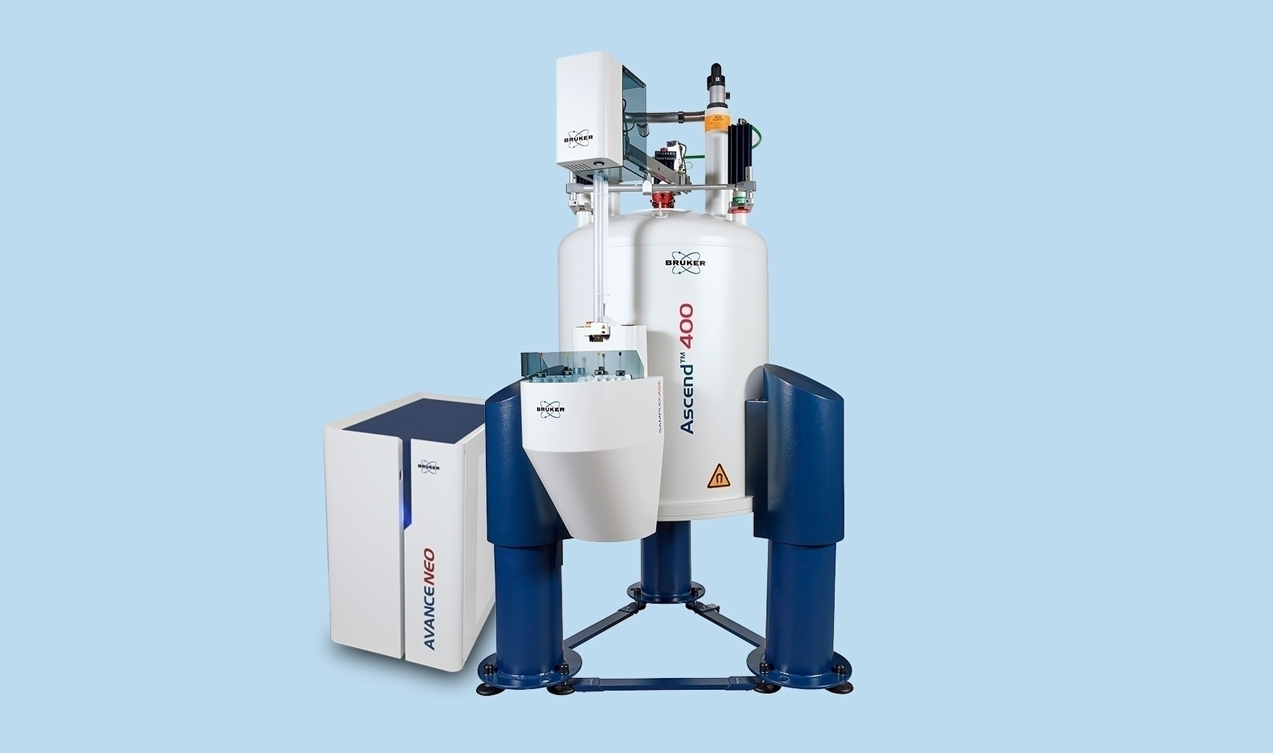

Evaluation of the Antioxidant Activity of Instant Coffee using ESR
“Instant coffee has a radical scavenging activity of about 20 times that of blueberries”
Caffeine is the most commonly used drug in the world. It is a stimulant of the central nervous system that occurs naturally in the leaves, seeds, or fruit of more than 60 plant species, including coffee beans, tea leaves, cacao beans and yerbe mate leaves.
Billions of people around the world consume caffeine daily, frequently as coffee, to improve wakefulness, alleviate fatigue, and improve concentration. It is also a constituent of some over-the-counter medications to boost alertness and enhance the efficacy of pain killers.
There has been much research into the effects of caffeine on a range of natural processes and disease states. Consequently, there have been numerous claims, often conflicting, regarding the purported benefits or detrimental effects of caffeine. However, not all are supported by robust scientific data.
One issue that caffeine is thought to help, is in the accumulation of free radicals, such as the superoxide anion, hydroxyl radical, and alkyl-oxy radical, which are known to lead to oxidization of blood vessel walls, protein molecules, DNA, carbohydrates, and membrane lipids.
The damage they cause impacts a cell’s ability to function and replicate normally, leading to premature aging and numerous diseases2. Collectively such free-radical induced damage is referred to as oxidative stress. A diet high in natural antioxidants, such as, vegetables, fruits, berries, vegetable oils, honey, is recommended to minimize oxidative stress3.
Coffee is a common source of antioxidants for many people, yet the exact provision of free-radical scavenging varies markedly between different coffees, which may be a consequence of the quality of the bean or the procedures used during the roasting and extraction processes.
A wide range of techniques are available for measuring antioxidant activity, but those generally recommended for the evaluation of foodstuffs do not provide a direct measure of antioxidant activity.
Instead, they determine the effect on the degree of oxidation, which indirectly gives an indication of antioxidant activity. Frequently, the different methods give conflicting results, not least because of variation in temperature, concentration and timing of the analysis.
However, the level of free radicals can be directly measured using electron spin resonance (ESR) spectroscopy4. However, until recently there had been no reports of this methodology being used to assess the free radical scavenging activity of coffee.
Researchers have now published the hydroxyl and alkyl-oxy radical scavenging activity of instant coffee extracts determined using the ESR spin trapping method5.
Samples of four types of instant coffee marketed in Japan dissolved in hot water were added to a phosphate buffer solution that contained hydroxyl and alkyl-oxy radicals. Antioxidant activity was measured using a Bruker X-band ESR spectrometer (EMX-Plus) equipped with 100 kHz field modulation.
The results showed that, on average, the instant coffee had a radical scavenging capacity 20 times greater than that measured for blueberries5. Increasing the concentration of the coffee led to a proportional increase in antioxidant activity.
The more expensive brands of instant coffee showed greater antioxidant potential than cheaper coffees, suggesting that higher quality coffee beans provide better free radical scavenging.
ESR analysis has confirmed that instant coffee has very high hydroxyl and alkyl-oxy radical scavenging activity.
References
- Cappelletti S, et al. Caffeine: Cognitive and Physical Performance Enhancer or Psychoactive Drug? Curr Neuropharmacol. 2015;13(1):71–88.
- Harman D. Aging: Minimizing free radical damage. Anti-Aging Med. 1999;2:15–36.
- Sies H. Strategies of antioxidant defense. J. Biochem. 1993;215:213–215.
- Delincee, H. Improvement of the ESR Detection of Irradiated Food Containing Cellulose Employing a Simple Extraction Method. Radiat. Phys. Chem. 2002;63:455‑8.
- Kameya H. Evaluation of Hydroxyl Radical and Alkyl-oxy Radical Scavenging Activity of Coffee by ESR Spin Trapping Method. Journal of Food Science and Engineering 2017;7:305‑311.

